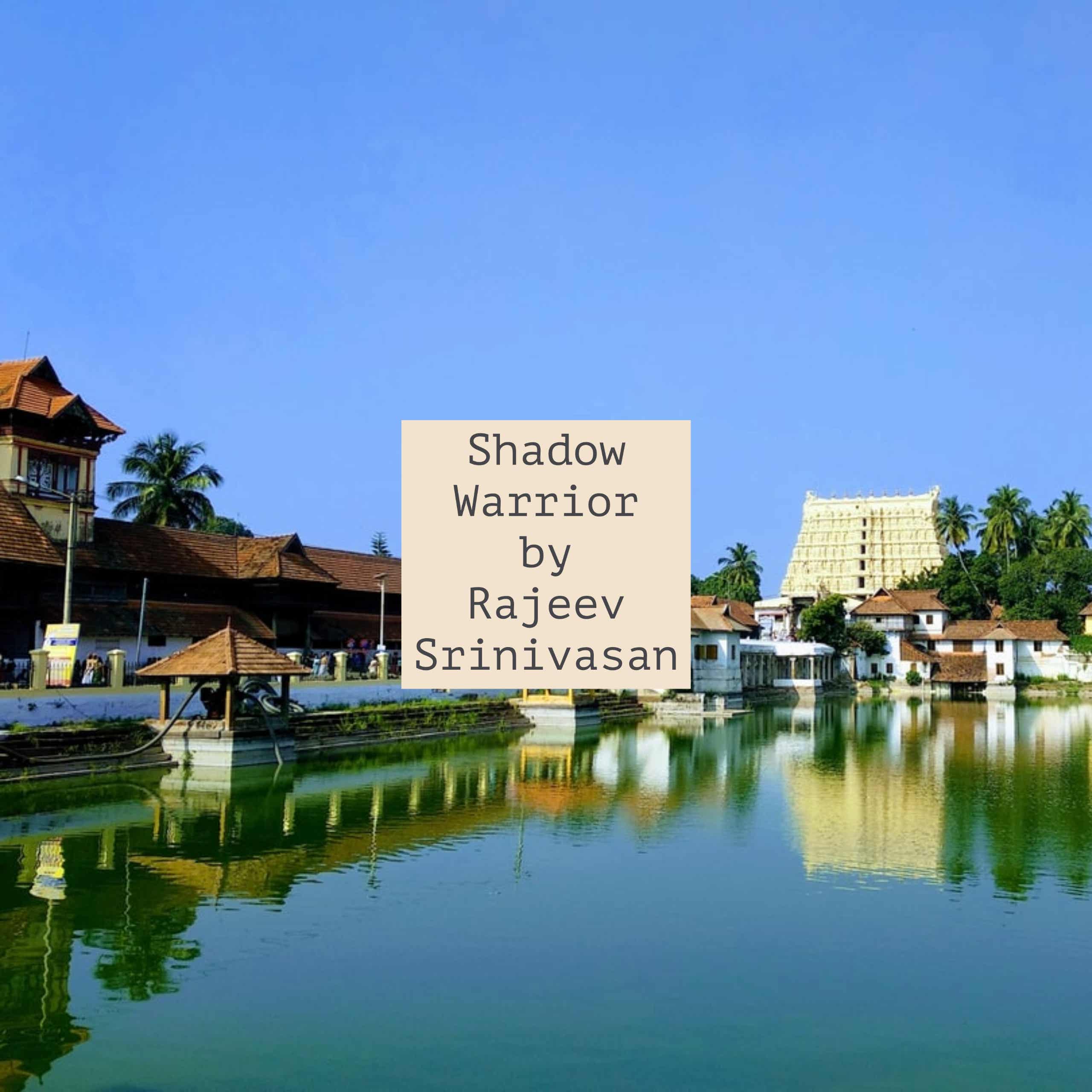Ep. 102: Crown, Scepter and "The Saga of Dharmapuri"
Description
A version of this essay was published by firstpost.com at https://www.firstpost.com/opinion/shadow-warrior-crown-sceptre-and-the-saga-of-dharmapuri-12647632.html
In Malayalam, the terms are “kireedom and chenkol”, that is, crown and scepter, signifying the powerful symbols of the State. He or she who holds these is deemed to be the ruler, ruling with the full authority of the office, and the full approval of the subjects. The words chenkol in Malayalam and ‘sengol’ in Tamil are cognate, eg. Chenkotta (red fort) in Malayalam is Sengottai in Tamil.
The scepter is an important marker of kingship, so much so that during imperial times, Britain was referred to as the ‘sceptr’d isle’, that is, the unquestioned ruler of its far flung empire.
There is of course the third symbol, the throne, or ‘simhasanam’. During the recent investiture of the British king, I am sure all three of these were on full display. For some reason, the throne seems less important in Indian lore than the other two, but in a wicked pun, the great fabulist O V Vijayan in his savage satire “The Saga of Dharmapuri” equated the throne with a European toilet, as in a slang American expression for the erstwhile ‘thunder box’.
The Chola ‘sengol’ from Tamil Nadu was a sacred symbol included in a “vesting ceremony accompanied by a recital of 11 verses from the Thevaram text invoking the blessings of Shiva for the ruler” in 1947, according to S Gurumurthy in “How the Sengol embodied India’s freedom and why it was forgotten and lost” on republicworld.com. Not only was the sengol forgotten, the Cholas, and their great maritime empire that extended all the way to Indonesia, were erased.
In fact, all of South Indian history, including the fabled Vijayanagar Empire, the samurai-like kalaripayat warriors of the west coast and Tulunadu, Telugu patriots like Alluri Sitarama Raju, Travancore’s Marthanda Varma who defeated the Dutch at Colachel in 1749, and Travancore’s Chempakaraman Pillai of the INA who coined the term ‘Jai Hind’, was wiped out from the pages of textbooks. In their place, a weird pabulum of make-believe was installed.
The sacred ‘sengol’ denoting “virtuous and ethical rule” per Gurumurthy was deemed to be a personal gift, a gold walking stick given to Jawaharlal Nehru, which once again shows how a personality cult was relentlessly built up that would make Mao and Kim Il Sung green with envy. “L’etat, c’est moi” (The State, it is I), said Louis XIV, the Sun King of France. Well, we know what happened to his descendants: the guillotine. Indians, being more gentle, have not quite done the same thing. Or at least done so only metaphorically.
Which reminds me, why is/was Nehru called ‘Pandit Nehru’? Who certified him? What was he a pundit in? Did he pass some pundit exam? Ah, it was just part of the personality cult. I don’t see other Kashmiri Hindus going around calling themselves Pandit: they use their family names, so what’s special about these people?
Oh well, I guess I answered my own question. According to the cult, Nehrus were the hereditary rulers of India, and so it was only natural that the kingship would pass from the British to Nehru. There is only one slight problem. Again according to O V Vijayan in The Path of the Prophet, the Nehrus were not hereditary feudal lords, but ferrymen on the river Neher, “they who came from somewhere”, and had taken the name of the river as their surname. Jawaharlal’s grandfather Ganga Dhar was a kotwal in a Delhi police station. A Ghosh had some more startling information about this man, who was photographed in a full Pathan outfit, but I shall let that pass.
I made an attempt at deconstructing the Nehru myth in my 1999 Rediff.com essay Let us now praise famous men wherein I quote at length the relevant passage from Vijayan. In my considered opinion, Nehru was an almost unmitigated disaster for India: he thought India was his personal
More Episodes
A version of this essay has been published by firstpost.com at https://www.firstpost.com/opinion/opinion-what-makes-trump-a-better-candidate-for-india-and-world-13831800.html
An AI-generated (courtesy notebookLM.google.com) podcast based on this essay is here:
In all humility, I accept that my...
Published 11/03/24
The potential consequences of a Trump presidency for India span multiple dimensions, including military, economic, trade, cultural, financial, and social aspects. Here’s an overview of these impacts:
Military and Geopolitical Implications
- Defense Ties: Under Trump, India may continue to...
Published 10/27/24


